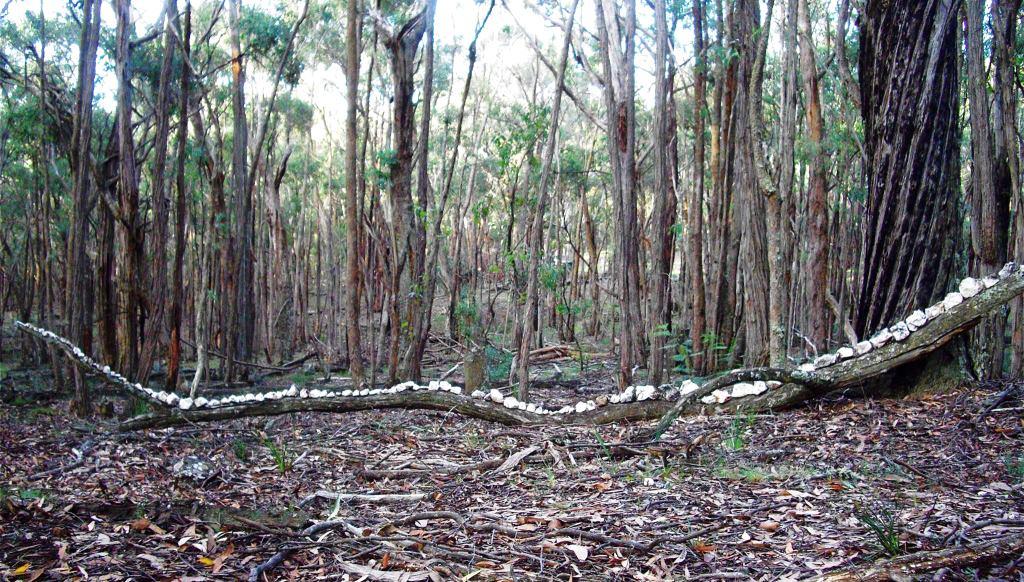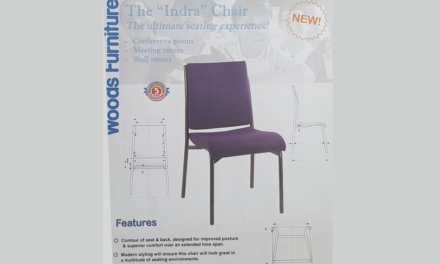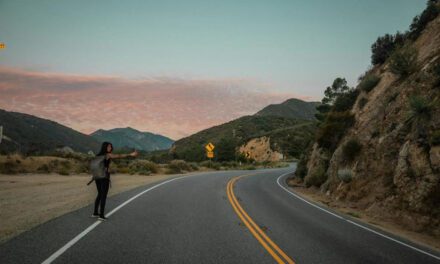Morgan Williams
Have you ever impulsively rearranged furniture on a whim, or done mindless doodles, only to later discover how cathartic these activities have been? Subconscious acts can often play a vital role in our lives, revealing everything from moods and life patterns, to activating memories or helping us to focus and tap into new creative thoughts and ideas.
A term often used to describe a more fluid and freeform pathway to artistic practice is “Make to Know”. In essence it prioritises discovery by doing. Simply pick up a brush, a pen, a ball of string, anything and play around. Kids do this relentlessly; they will often have as much fun with the wrapping paper or pots and pans as with a shiny new toy. I would often marvel at our son’s creative pursuits while exploring the recycle bin – he came up with endless ideas and creations this way.
For artists, “Make to Know” starts without a fixed outcome. Allowing the act of creating and exploring to give meaning and direction can be a very freeing way to approach artistic practice. The philosophy behind this method is that making is a form of thinking. People sometimes describe the process as revealing what they didn’t know they knew. It can also be described as art play and is used in schools, universities, workplaces and by many artistic practitioners.
Andy Goldsworthy is possibly one of the most famous “Make to Know” practitioners. He assembles outdoor ephemeral art works from natural found objects like rocks, wood, leaves and even ice. He allows the objects to dictate an outcome by responding to them and the environment. His sculptures emerge through making and are documented via photographs. Local artist Petrus Spronk has been exploring land art for many years in a similar way – several times I have been delighted to encounter by chance his creations in the surrounding bush and Wombat Forest.
The contrasting method is “Know to Make”. Everything from baking a cake with a recipe to colour by numbers falls into this category. Starting with a clear concept or goal and executing your vision with skill, planning and deliberation. All the great masters fall into this category – Leonardo da Vinci used his anatomical knowledge and drawings via planned compositions and meticulous forethought to create his work. Many modern-day artists use this method as well, expressing very specific ideas in a planned and methodical way.
There are some artists that continually traverse both methods. Banksy for example tightly plans his stencil art in reaction to political and cultural issues. Other times the meaning of his work is fully realised by others when it is encased in glass for protection, taken off the street and into a gallery or even placed in op-shops to raise money for charity!
Using both methods can be very rewarding. Experimentation and play can lead to new ideas while planning and forethought can take things to a whole new level. Approaching art with an open mind, not too much judgement and a dash of critical thinking can produce wonderful results and is where the magic lies.
Speaking of magic, we are super excited to be hosting our very first magic show this month at Radius. Actually, it’s a “Magic Cabaret” by local creatives Cath Jamison and Aurora Kurth. Dubbed as reality bending illusion with a touch of Broadway and a dash of Vegas we can’t wait to see this award-winning duo. Visit our website for links, tickets and more information.
We also have a talk by Sam Newstead on the 19th of July which is the closing date for her current exhibition. Plus, our ever-
Morgan Williams is the co-director with Kim Percy of Radius Art Space. His art practice spans a 30 year period and explores a diverse range of mediums and topics.





